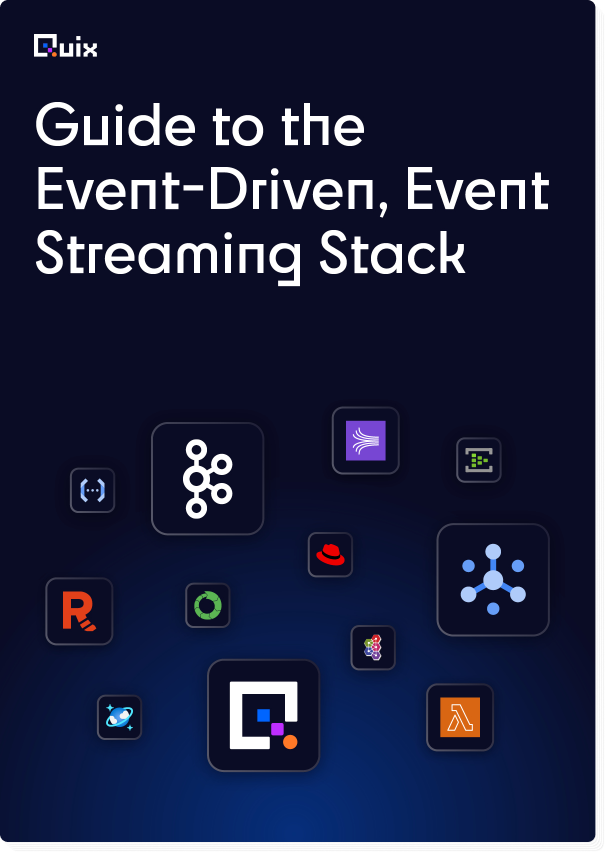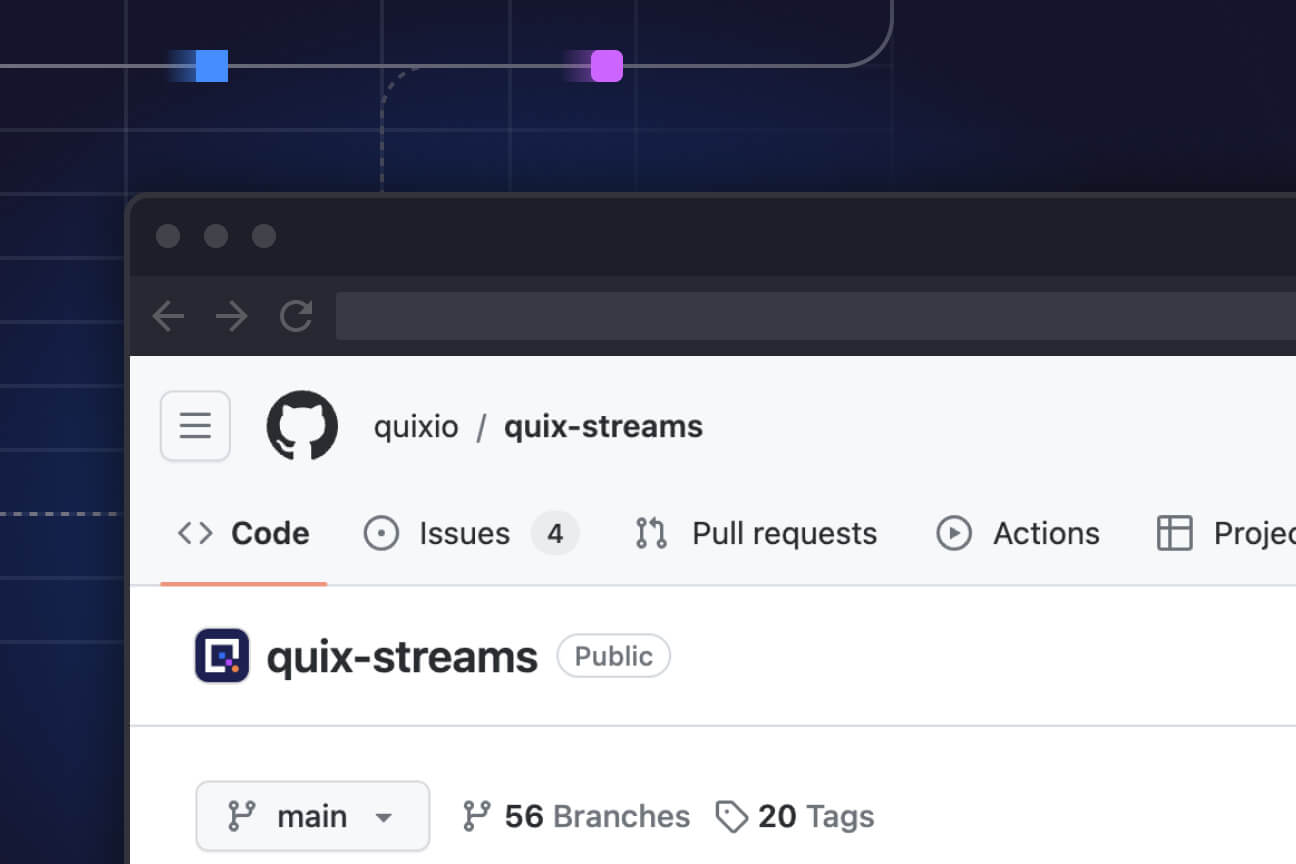The Stream — November 2021 edition
The November 2021 edition of The Stream: covering this month in stream processing on the internet.

Here’s Quix’s November newsletter, our monthly roundup of helpful tutorials, inspiring use cases and product updates from the prior month. If you’d like to subscribe, scroll to the bottom of this page and sign up.
Our team is shipping features fast and furiously (but, you know, we’re a happy bunch — not furious), so watch our blog for some big product announcements coming shortly. We’re here to make life a whole lot better for folks using streaming data to build data-driven products and real-time analytics.
Got a project you’d like to use streaming data for but unsure where to start? Now you can book a chat with one of our friendly experts to talk through your project goals and technical challenges. We’re here to make sure you get your next project off to a great start.
We’d also love to hear from you, our community, on how you’re using Quix — whether for work or for a personal project. Come on over to Slack to chat with us. Until next month, happy streaming!

Use case: predicting fleet availability with real time data
See a real-world application of machine learning and live data to improve urban mobility. Includes a tutorial with turn-by-turn directions to build your own version.

Friendly experts, on call now
Excited about the potential to use stream processing, but not sure where to start? Book a consultation with our tech team (no sales pitch, we promise).

Latency is the new outage
See how Netflix, Booking.com, Goldman Sachs and others are reducing latency to boost conversion rates and save 30%–50%.

Video tutorial: machine learning
In this written tutorial accompanied by a short video, see how to implement your model fast — without developer intervention.
More insights
- In case you missed it: How use cases as diverse as health care and house hunting are using stream processing to enhance personalization.
- Go deep on stream processing with Python: Here’s our guide to a stream processing framework in the language you love.
What’s a Rich Text element?
The rich text element allows you to create and format headings, paragraphs, blockquotes, images, and video all in one place instead of having to add and format them individually. Just double-click and easily create content.
Static and dynamic content editing
A rich text element can be used with static or dynamic content. For static content, just drop it into any page and begin editing. For dynamic content, add a rich text field to any collection and then connect a rich text element to that field in the settings panel. Voila!
How to customize formatting for each rich text
Headings, paragraphs, blockquotes, figures, images, and figure captions can all be styled after a class is added to the rich text element using the "When inside of" nested selector system.

Check out the repo
Our Python client library is open source, and brings DataFrames and the Python ecosystem to stream processing.

Interested in Quix Cloud?
Take a look around and explore the features of our platform.

Interested in Quix Cloud?
Take a look around and explore the features of our platform.






